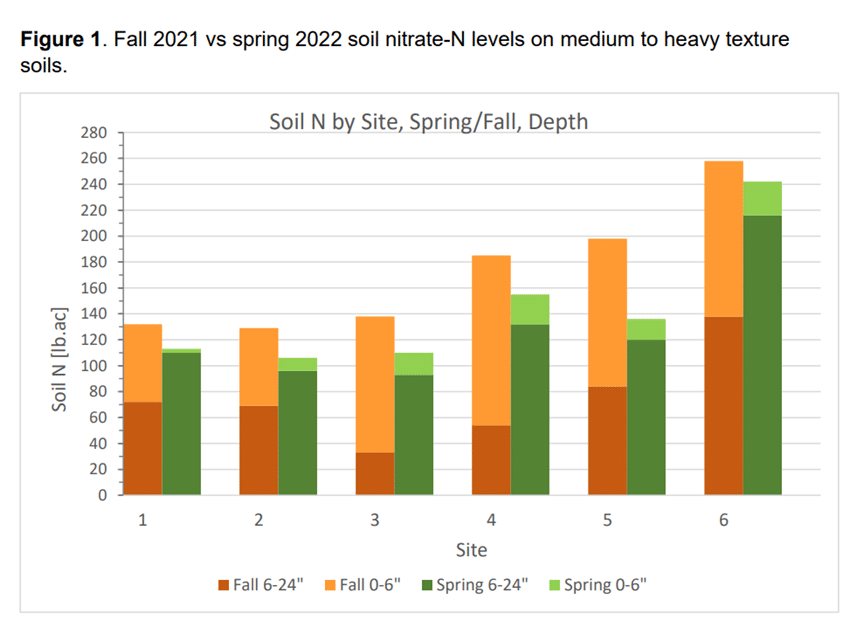Walk those fields
Early season scouting not only catches issues before they become costly problems, it informs management through the entire season ahead. Start counting emergence 7-21 days after seeding, watching for and identifying the causes of obvious misses, inconsistency and weak plants. Meanwhile, also assess weed control efficacy and weed populations, especially cleavers, kochia and volunteer canola. Keep an eye out for flea beetles too: the threshold for action is 25%) Earliest seeded and slow-starting canola fields are at particularly high flea beetle risk. For a list of the top 11 priorities for early season scouting, read on.
(Canola counts – how to) (Target plant density) (Stand establishment) (Assessing establishment)
There’s still time to get seeds down well
Though stressful, delayed seeding due to excess moisture is not yet a crisis for most fields. Many acres may still dry enough to be drill-seeded rather than broadcast. Still, those facing delayed seeding should review insurance requirements and deadlines just in case. (Alberta) (Saskatchewan) (Manitoba – excess moisture) (Manitoba – eligibility broadcast and aerial seeding)
No matter how late fields are ultimately seeded, seed well to give the crop its best chance for success. Post-seeding care is also critical. With many acres seeded in a quick succession, ensure fertility management, pest/weed control, etc. are pre-planned and manageable once the crop comes up. (Broadcast seeding canola tips)
Lower rate herbicide can = good efficacy… if everything else is perfect
Given how difficult (and costly) it is to find glyphosate, Liberty and the phenoxies this year, many growers are looking for options to stretch their herbicide supplies. Effective weed control *may* still be achievable when rates are lowered, so long as all the other factors that impact efficacy – correct water volume, consistent sprayer output, low boom height, slow travel speed, maximizing weather’s effects, etc. – are met. Scout fields in advance, then adjust application to best suit the varying weed types and density (i.e., change rates, adjust tank mix partners, even split grassy versus broadleaf applications to best control two differently timed flushes). TIMING IS CRITICAL: follow label rates and target staging at smaller weed size to achieve more effective control and gain the possibility of a better yield response. (Integrated weed management)
Expect unexpected nitrogen carry-over this year
Many fields impacted by drought last year entered winter with high nitrogen carry-over due to low crop yields. However, excess moisture in some of these same fields over the winter and spring likely led to high nitrogen losses. In season, site specific soil and tissue testing can provide information on available nutrients, especially when comparing different areas of the field. Agronomists and farmers who planned nitrogen applications based on carry-over will now need to carefully reassess in-field availability, particularly in water-logged areas. Minimize losses of spring-applied nitrogen by only broadcasting protected source nitrogen and by incorporating fertilizer broadcast onto wet fields. Manitoba Agriculture Soil Fertility Specialist John Heard offers more information on nitrogen losses and management options on page 3 of the MB Crop Pest Update here and provided the graphic below. (How much fertilizer does canola need?) (Impact of source and placement of nitrogen)

